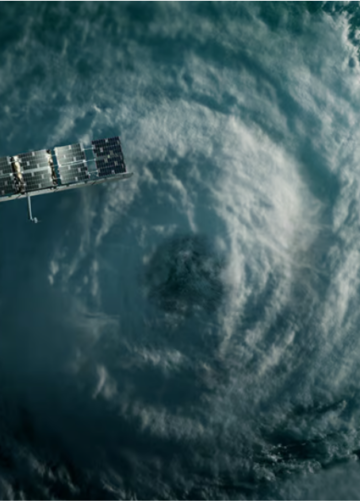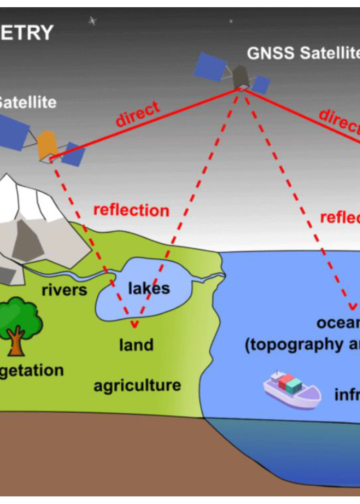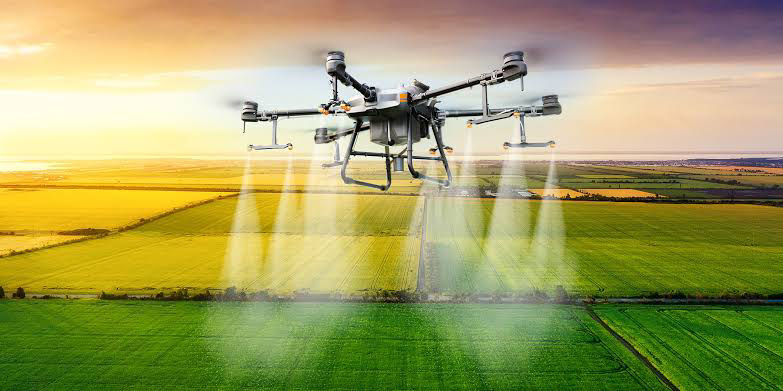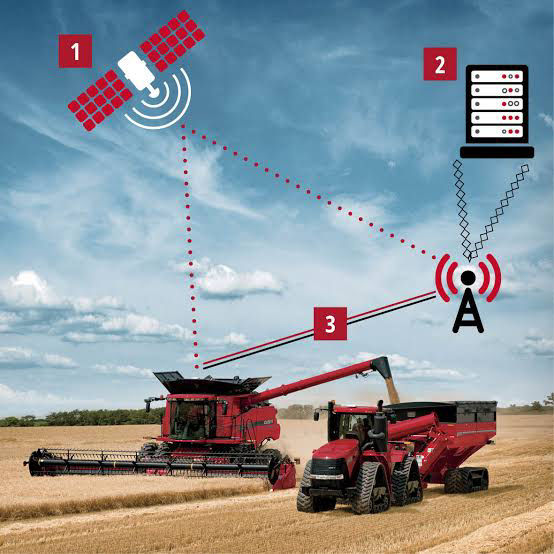In recent years, precision agriculture has undergone a transformative shift with the integration of unmanned aerial vehicles (UAVs) and agricultural aircraft, commonly known as dusters. These technologies offer farmers unprecedented insights into crop health, enabling precise and efficient management of agricultural production. This article explores the utilization of UAVs and dusters in precision agriculture, highlighting the advantages of advanced aerial technologies over traditional methods.
Hyperspectral Imaging:
The integration of hyperspectral cameras with these agricultural aircraft allows farmers to gather essential information about their crops without physically scouting every field. However, this approach presents challenges, including increased wear on devices, environmental pollution, and the need for qualified pilots.
Multispectral Cameras and High-Resolution Imaging:

The evolution of drone technologies has introduced multispectral cameras with high-resolution capabilities. These cameras provide comprehensive images of crop health, allowing for precise agricultural management. Drones equipped with megapixel cameras and Real-Time Kinematic (RTK) technology can achieve centimeter-level positioning accuracy with microsecond time synchronization.
Efficient Surveying and Field Analysis:
Some drone models can cover vast areas, up to 200 hectares in a single flight, without the need for ground control points. This efficiency is crucial for tasks such as land surveying, terrain analysis, and operations like spraying and fertilization. Drones offer detailed information, including field boundaries, size, and elevation, facilitating targeted and efficient agricultural practices.
Targeted Fertilization and Crop Health:
Growth differences within crops are common, making targeted fertilization essential. Drones equipped with high-resolution multispectral cameras and light sensors capture accurate images, enabling the generation of vegetation indices in farm software platforms. These indices highlight growth differences with clarity, allowing for precise variable-rate application, reducing costs, and minimizing the agricultural footprint while increasing yield potential.
Real-Time Crop Scouting and Cloud-Based Information Sharing:
Drones play a crucial role in crop scouting tasks by capturing images in real-time and uploading them to software platforms via 4G/5G networks. This enables the identification of abnormalities such as germination failure, weed pressure, and crop lodging. The cloud-based platform, equipped with AI tools, facilitates yield monitoring and guides agricultural activities, making large farms manageable by a single person.
Versatility Across Crop Types and Terrains:
UAVs are not limited to specific crops; they offer benefits across various agricultural landscapes. From corn and wheat to cotton and potatoes, these technologies provide valuable insights into crop health and conditions. Additionally, drones can conduct long-distance and large-area surveys in mountains, forests, and orchards, making them versatile tools for diverse agricultural environments.
The integration of UAVs in precision agriculture marks a significant leap forward in farm management. These technologies offer unparalleled efficiency, accuracy, and versatility, revolutionizing traditional farming practices. As the agricultural industry continues to embrace these innovations, the future holds promising advancements in crop management, resource optimization, and sustainable farming practices.










